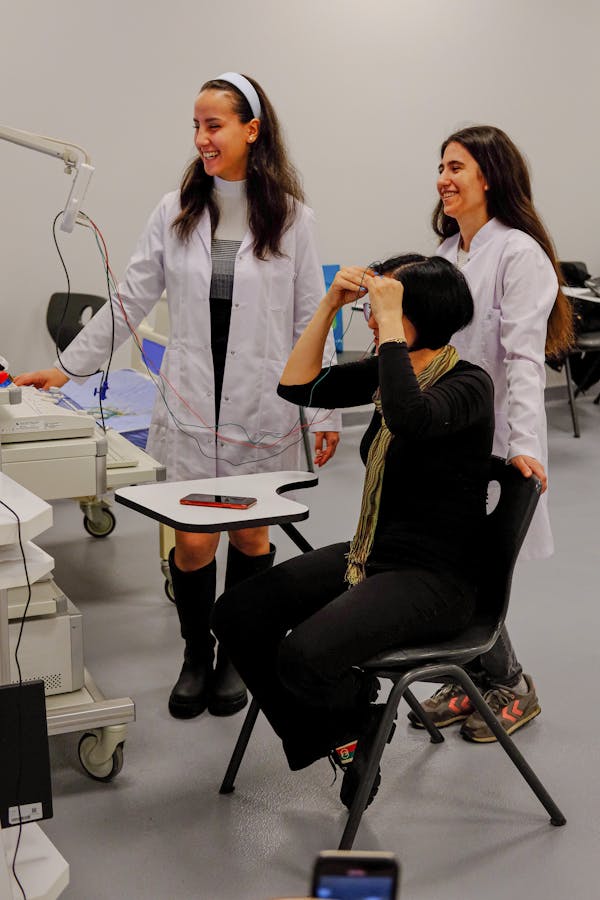Mold testing is an essential tool in the fight against mold-related issues within residential and commercial properties. Mold growth not only poses health risks to occupants but can also lead to significant property damage if left unchecked. In this guide, we delve into the intricacies of mold testing, exploring its importance, the different testing methods available, and the key considerations for property owners.

Understanding Mold Contamination
Mold contamination is a pervasive problem that can affect any property, regardless of its age or location. Mold thrives in damp, humid environments, proliferating rapidly and colonizing various surfaces within the property. Common signs of mold contamination include musty odors, visible mold growth, and allergic reactions experienced by occupants.
Role of Mold Testing
Mold testing plays a crucial role in identifying and assessing mold contamination within a property. By collecting samples and analyzing them in a laboratory setting, property owners can determine the type and concentration of mold present, assess indoor air quality, and pinpoint areas of mold infestation. This information is essential for developing effective remediation strategies and safeguarding the health and well-being of occupants.
Exploring Mold Testing Methods
Air quality testing involves collecting air samples from various locations within the property and analyzing them for the presence of mold spores. This method provides valuable insight into overall indoor air quality and helps identify airborne mold spores that may not be visible to the naked eye.
Surface Sampling
Surface sampling involves collecting samples from visible mold growth or suspected mold-infested areas within the property. These samples are then analyzed to determine the type and concentration of mold present on surfaces such as walls, ceilings, and floors.
Bulk Sampling
Bulk sampling entails collecting physical samples of materials suspected of harboring mold, such as drywall, insulation, or carpeting. These samples are analyzed in a laboratory to assess the extent of mold contamination within building materials.
Key Considerations for Mold Testing
Professional mold testing services should be enlisted for accurate and reliable results. Certified mold inspectors have the expertise, experience, and specialized equipment necessary to conduct thorough assessments and provide actionable recommendations for remediation.
Regular Testing Schedule
Routine mold testing is essential for maintaining a healthy indoor environment and preventing mold-related issues. Property owners should consider scheduling regular testing, especially in areas prone to moisture accumulation or previous history of mold problems.
Conclusion
Mold testing is an indispensable tool for identifying and addressing mold contamination within residential and commercial properties. By utilizing various testing methods and enlisting professional services, property owners can assess indoor air quality, identify hidden mold growth, and develop effective remediation strategies to mitigate the risk of mold-related issues. Regular testing and proactive measures are essential for maintaining a healthy indoor environment and protecting both property and occupants from the adverse effects of mold infestations. With diligence and timely intervention, mold testing can help ensure a safe and comfortable living or working environment for years to come.